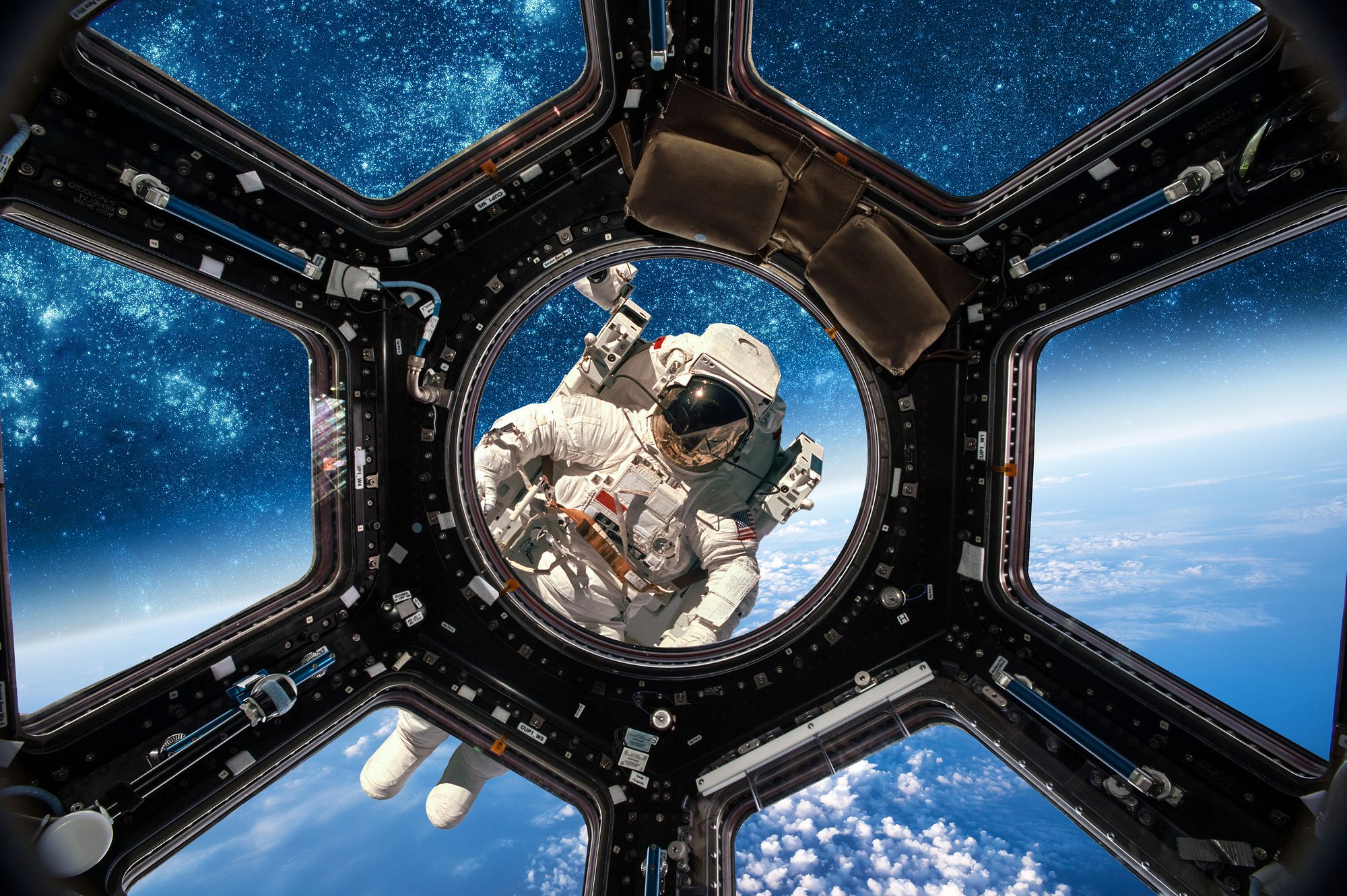May the Odds Be Never in Your Favour

The selection process for astronauts. A place where thousands upon thousands of people ended their dreams to go to space, and a place where a remarkable few broke out of the crowd. To date, there have been 560 astronauts selected around the world. Canada has contributed 14 to that number.
As far as baseline requirements go, to apply you need your bachelor’s (CSA) and master’s (NASA) in either engineering or another STEM field. You also need to be physically fit, in good health, and fall within the predetermined weight/height/visual/auditory/blood pressure ranges. Finally, you must already have 3+ years of experience, a doctoral degree, or be licensed to practice medicine (CSA) by the day you apply.
The Window in Time
The application window to be a candidate in Canada has only been open four times, and on average they’ve been 14 years apart. In the most recent application period, the window was reduced to just one month from the usual two. When that window comes (and you won’t know until fairly close to its opening), you have to be ready. Canadian astronaut Chris Hadfield applied back in 1992 and he found out it was open exactly 10 days before the deadline outlined in the newspaper ad. If he hadn’t seen it, been in the middle of his bachelor’s degree, or had another year of experience to collect, he wouldn’t have been able to apply. Best of luck (13 years after) next year.
This fact in and of itself is a huge hurdle astronauts face that very few other positions do. You really only get one, maybe two good chances to pursue this thing, so you have to make the most of your opportunity in the event that it never comes again. That’s why Hadfield’s 10 days were, as he describes it, “feverish”.
Athletes on the other hand have multiple competitions throughout the year where they can test their skills and increment towards their goals. An annual National Championship typically offers at least part of the opportunity to join a National Team, and on the world stage, specifically with climbing, you get opportunities on problem after problem and event after event to perform. Even if you’re going to the Olympics every four years, that’s still way better than every 14 years and for many, just making it there is the success.
